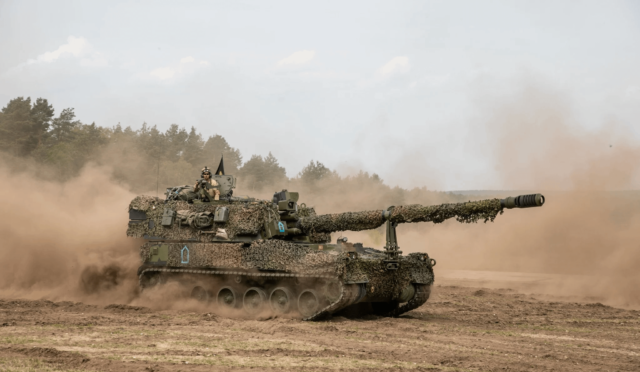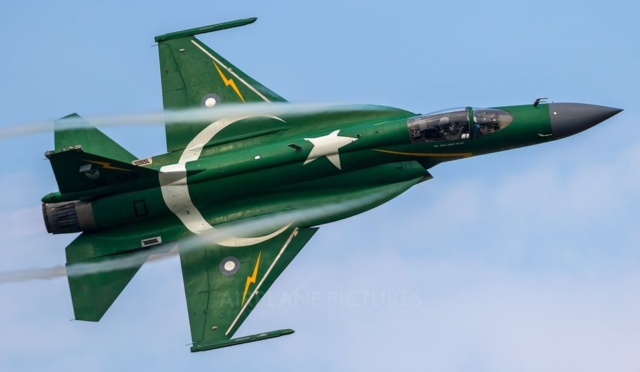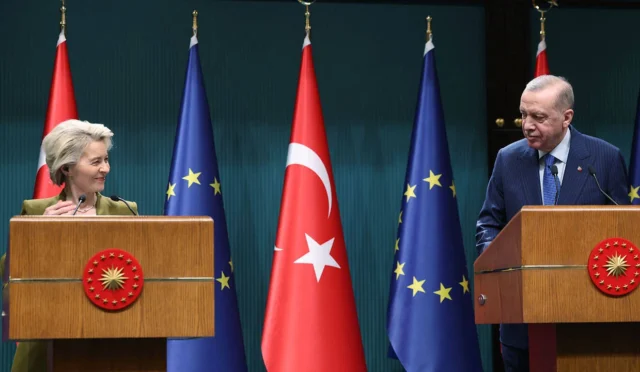U.S. Approves Major F-16 Fighter Jet Sale to the Philippines
**The United States has officially sanctioned the sale of F-16 Block 70/72 fighter jets to the Philippines, marking a significant enhancement in the country’s military capabilities.** The U.S. Department of State announced that this deal includes an array of advanced equipment, including AESA radar and various munitions, with a total estimated cost of $5.58 billion under the Foreign Military Sales (FMS) program.
The Defense Security Cooperation Agency (DSCA) helped facilitate this transaction by notifying Congress of the potential sale on April 1, 2025. This major military package encompasses 16 F-16 C Block 70/72 and four F-16 D Block 70/72 fighter jets, along with engines, radar systems, and various components necessary for modern aerial warfare.
Details of the Fighter Jet Package
The deal is comprehensive, featuring 24 F110-GE-129D or F100-PW-229 engines, numerous radar units, and a variety of advanced munitions. Specifically, the package includes guided missile launchers, air-to-air missiles, and precision-guided bombs, all of which will significantly enhance the operational capabilities of the Philippine Air Force.
In addition to the fighter jets, the sale also involves critical avionics, ground support equipment, and advanced training systems, ensuring that the Philippine military can effectively integrate and operate these aircraft in various mission scenarios.
Enhancing Philippine Defense Capacities
Following the anticipated approval of the sale, the Philippines is expected to enter into a contract with Lockheed Martin to finalize the transaction. This sale not only bolsters the Philippine Air Force’s capacity for maritime defense but also enhances its capabilities for ground support missions and suppression of enemy air defenses.
DSCA officials commented that this initiative will significantly increase the Armed Forces of the Philippines’ ability to safeguard its territories and vital interests, while also improving interoperability with U.S. military forces.
Strategic Importance of the Sale
The transaction comes at a crucial time as the Philippines seeks to bolster its defense posture amid rising tensions in the region. This acquisition aligns with ongoing efforts to modernize the nation’s military infrastructure and expand its defense partnerships.
The introduction of advanced F-16 fighter jets will not only enhance the air capabilities of the Philippines but also strengthen bilateral relations with the United States, as both countries aim to collaborate more closely on defense and security matters.
Future Implications for Philippine Air Force
With the approval of this sale, the Philippine Air Force stands to benefit immensely from improved technological capabilities and combat readiness. The integration of F-16s into its fleet signals a shift toward a more robust defense strategy.
The added functionalities from this aircraft, including cutting-edge radar systems and advanced munitions, will prepare the Air Force for a more dynamic role within regional security frameworks.
Operational Capabilities of F-16 Jets
The F-16 Block 70/72 jets are equipped with state-of-the-art avionics and weaponry designed to ensure superiority in air-to-air combat. Features like the AN/APG-83 radar facilitate rapid target acquisition and tracking capabilities, crucial for modern warfare.
Moreover, the jets’ modular design allows for continuous upgrades and enhancements, ensuring that the Philippine Air Force remains well-equipped to respond to evolving security threats.
Logistical and Technical Support
The deal also encompasses essential logistical and technical support services which are critical for maintaining these advanced fighter jets. Remote assistance, training programs, and the provision of support equipment will be part of the agreement, ensuring that the Philippine military can operate and sustain its new assets effectively.
U.S. government and contractor support will play a vital role in the successful implementation of this program, enhancing the Philippines’ ability to maintain operational readiness.
Political Context and Regional Security
This sale occurs within a broader geopolitical context, as Southeast Asia faces various security challenges. By acquiring advanced fighter jets, the Philippines aims to strengthen its deterrence capabilities against potential aggressors.
Additionally, this move is seen as a signal of commitment to collective security arrangements within the region and a reaffirmation of the Philippines’ alliance with the United States.
Public and Government Response
The approval of this fighter jet sale has garnered attention from various sectors within the Philippines, with many viewing it as a positive step towards national defense modernization. Government officials have expressed optimism about enhancing national security through improved military capabilities.
Critics, however, emphasize the need for transparent discussions on the implications of such military acquisitions, including considerations of regional stability and military spending priorities.
Looking Beyond Military Acquisition
As the Philippine government paves the way for this significant military transaction, broader discussions around defense strategy and international cooperation remain critical. Policymakers are urged to consider the long-term implications of relying on foreign military technology.
The sale not only reflects the immediate tactical needs of the Philippine military, but also raises questions about self-sufficiency, defense spending priorities, and the Philippines’ role in regional and global security environments.







